FAQ's
Frequently Asked Questions About Solar


How Much Does a Solar System Cost?
That's the $10,000 - $10,000,000 question everyone wants to know! The truth is that every home is different, and requires a custom review. First, we look at your household energy consumption and whether you plan to increase or decrease your electric use. From there we custom design the most efficient solar system for meeting your goals.
Then we use a proprietary solar platform in the cloud to source the best variety of solar panels, inverters, batteries, installers, roofers, and other installation partners throughout North America and Puerto Rico. Created by the fastest growing national solar company in America, the proprietary platform is driving down the cost of goods and delivering the best price on Tier-1 equipment due to the volume of solar installations being fulfilled nationwide.
The volume on our platform causes the solar "banks" to compete for your business. This means that we have access to nearly all Tier-1 solar finance companies and their best financial products -about 150 in all. In today's compressed economy with increasing interest rates it's important to have a variety of financial options to keep you in the driver seat!
Since we don't work for anyone other than YOU, we're merely acting as your solar "broker", similar to how one uses a realtor.
We pledge to be your advocate for the best overall value, price, and protection beyond the point of sale.
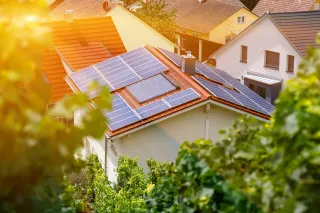
How Much Can I Save With Solar Energy?
The size of your solar panel system is directly related to your total annual energy consumption. The higher your power bill and use of kWh each month, the more panels you'll need in order to offset the amount of dirty energy your home takes in from your utility company's grid; morning, day and night.
The vast majority of residential solar installations are of rooftop solar systems. The amount of useable roof space may be a potential limiting factor for some households. Additionally, many homes are powered by different utility companies that charge differing rates. All of these factors collide to provide slightly varying savings from one household to another. So depending on your home's location and utility company, you may see savings from 10% to 50% off your current energy cost with the Utility.
And because virtually all utility companies increase their electric rates every year, your savings actually snow-ball over time. The best part is however, is that like a mortgage, your solar system will have an end-date, in which you are no longer paying for it, while it continues to produce energy for decades or more past the manufacturer's warranty. Therefore, the value of the energy your solar system produces will continue to increase, thus proving that solar is one of the most valuable assets you will ever own.
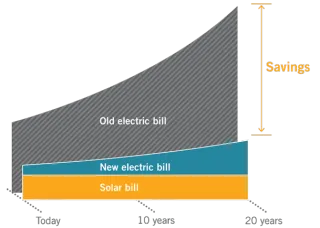
Why Do We Need Your Power Bill?
Reviewing your energy bill allows us to investigate your energy consumption and billing metrics. Your exact usage, billing plan, and costs are all outlined on your energy bill, and will help us determine all the facts pertaining to solar for your unique household.
Transitioning to solar is both a short term and long term strategic energy plan. An undersized solar system can be very costly and inconvenient for a homeowner, and often results in expensive settlement "true up" bills owed to the utility company each year. There's more about this topic answered in other FAQs.
In general, if your utility company offers Net Energy Metering (NEM) and/or allows you to oversize your solar system, you should always plan to generate more solar energy than you typically consume. Most people agree that it's better to have more of anything you "need" than to not have enough of it to begin with.
Here's a great explanation about why reviewing your energy bill is so important: Why We Need An Electric Bill
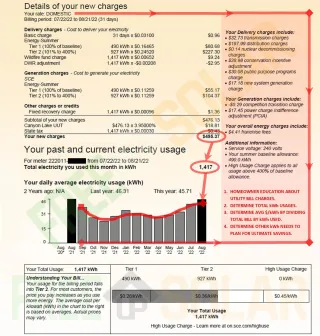
What is Net Metering?
The world’s first net-metered connections occurred in 1979, in the U.S. state of Massachusetts, when 28-year old architect and solar pioneer Steven Strong put solar photovoltaic (PV) panels in his two building projects. Fast forward over 40 years and Net Energy Metering (NEM) has become an integral part of solar power generation for both consumers of electricity as well as our nation's major utility companies.
After NEM got started, utility companies began swapping out the electrical meter on the side of residential homes with a "smart meter" sometimes referred to as a "net meter". This makes it easier for the utility companies to read the kWh usage on your meter, and remotely turn the meter back on after an outage. It also allows homeowners to force the meter to run backwards by pushing unused solar energy back to the grid each day in exchange for kWh credits issued by their utility company.
Depending on the utility company's buyback plans, these earned kWh credits may cover a homes energy usage during the night and on gloomy or rainy days. Unused credits may rollover or even be paid for directly to the homeowner from their utility company, albeit, each utility company operates differently.
With the new NEM programs available today in CA, and reshaping how other states also benefit from home solar, homeowners should consider offsetting 100% or more of their utility usage with renewable energy, and add the latest technology in energy storage solar batteries to achieve energy independence at in the evening and overnight. This allows for maximum savings against skyrocketing utility costs, maximum benefit, and ultimate peace of mind from your solar solution.
Watch this short video to learn more about Net Metering: NEM Explained
Learn more about California's new NEM 3 solar billing plan here: NEM 3.0 Roundtable
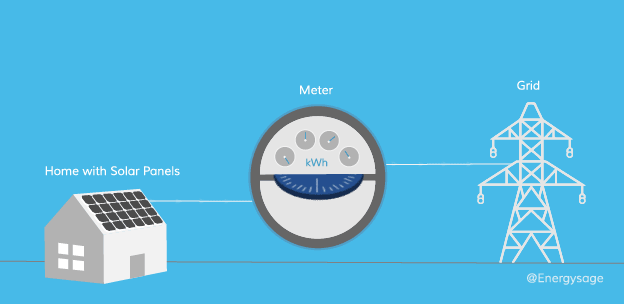
Is Their Any Maintenance For Solar Panels?
There are no moving parts for solar panel systems, so technically there is no maintenance! If however, you live in a dusty area you may want to consider washing off the panels every few months. A good rainstorm or rinse with a garden hose often does the trick, but if you have hard to reach solar panels or prefer some added peace of mind and assurance of tip-top solar performance, there are plenty of low cost cleaning services available that won't void your solar warranties.
You should find comfort in knowing that you can monitor your solar system's performance from your solar smart app, anytime, and anywhere. If and when something needs to be serviced, you will know, and you'll be able to file a claim online in seconds. Service calls are 100% free from out of pocket costs for 30 years.
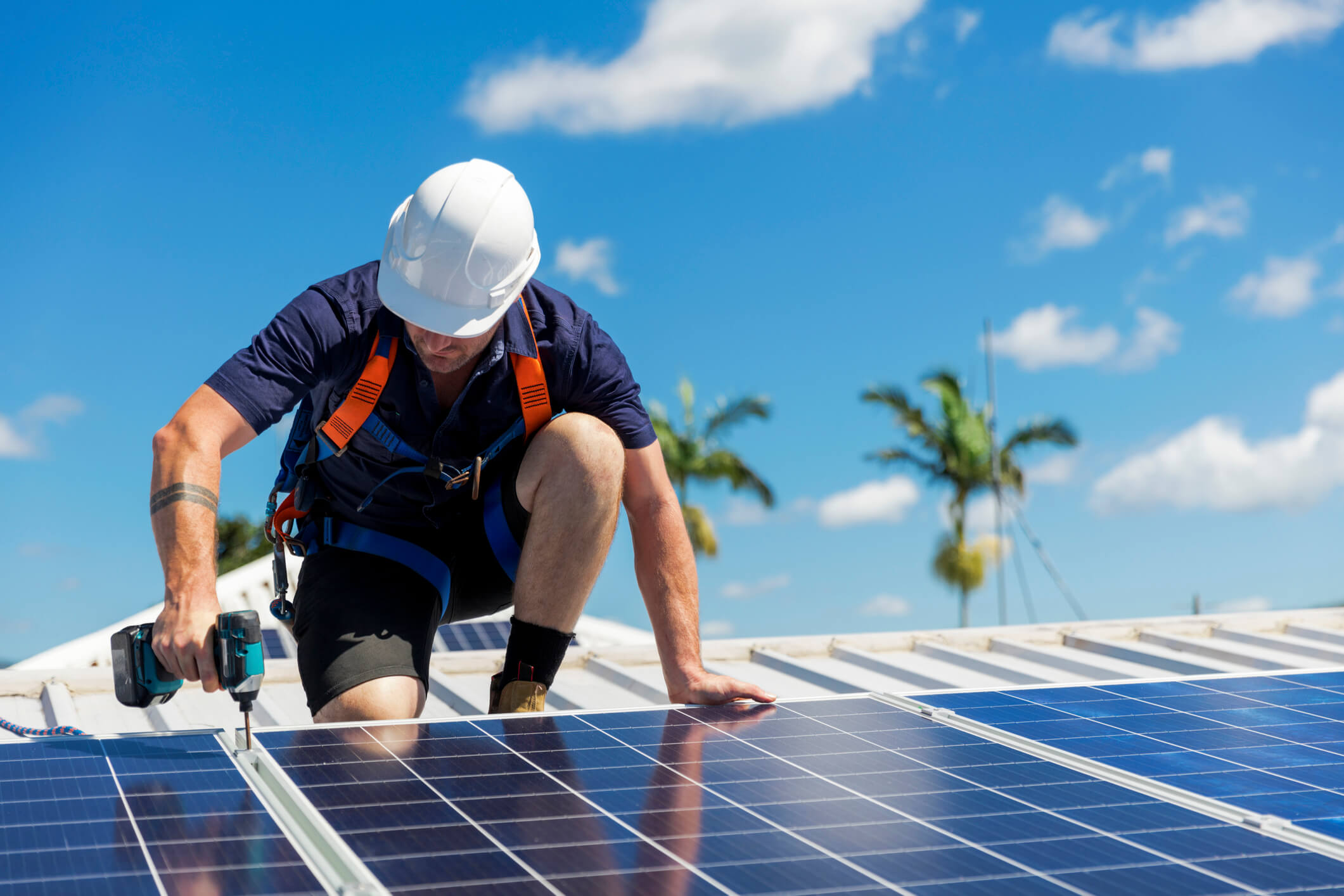
What Happens if Something Breaks? Is There a Warranty?
Absolutely! We use know how important is is to have complete protection. For instance, most solar companies offer warranties that only cover the equipment for 20-25 years and disappointingly, only cover workmanship and roof penetrations for 10 years. That just doesn't make sense to us, especially knowing that solar is one of the most important investments you will ever make.
All of our residential and commercial scale clients get complete 30yr extended protection. Powur Care provides comprehensive coverage for panels and inverters, installation workmanship errors, and roof penetration integrity for 30 year, supplementing standard solar manufacturer warranties for our residential clients. And SolarInsure offers a similar 30yr extended coverage for our commercial scale clients. With nationwide coverage, no deductibles, 100% parts, and labor coverage, and 30 years of protection, you'll have fully transferable, multi-generational protection on your solar investment, leaving you with peace of mind.
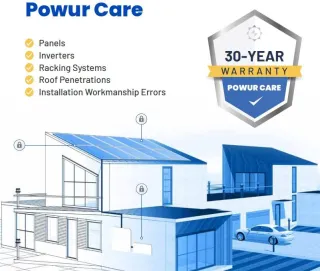
Can I Add More Panels To The System Later?
The short answer is YES, but you can't add more panels to an existing under-warranty system. However, as long as there is room on your roof or space for ground mounted panels, yes you can absolutely add a 2nd system (more panels) to your home later on.
An initially undersized solar system can be very costly and inconvenient for a homeowner, and often results in expensive settlement "true up" bills owed to the utility company each year. Add in your annual rate hikes from the utility company and these get increasingly expensive over time. When this happens, the fix generally requires adding more solar energy to offset the energy still being used from the grid, thus the need to go solar again.
This has some drawbacks because there's usually a minimum requirement of 8 solar panels for any kind of solar system or system expansion, be it the addition of a solar storage battery, or simply a need for a little more solar energy to meet your demands. In general, if your utility company offers Net Energy Metering (NEM) and/or allows you to oversize your solar system, you should always plan to generate more solar energy than you typically consume. Most people agree that it's better to have more of anything you "need" than to not have enough of it to begin with.
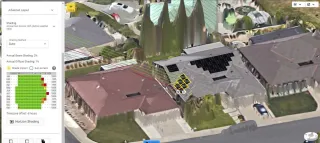
What Happens When The Grid Goes Down?
Almost all residential solar systems are grid-tied generation facilities. This means you will remain connected to the grid and remain impacted by your utility company's power failures along with all of your neighbors, unless you upgrade your system with solar battery storage. While adding battery storage is increasingly popular, most homeowners don't mind the occasional short brown-out or black-out, and typically remember to refrain from getting in the fridge for a little while.
All solar systems are installed with a component and Smart AC Disconnect Switch, which automatically responds to grid failure and can be manually engaged by a homeowner as well. During such an outage your solar system will automatically power down for grid safety and family safety purposes. This prevents the creation of any high voltage energy with nowhere to go, and keeps your home and your family safe from electrical fire hazards. When grid power is restored to your home, your solar system will automatically power back on and begin generating energy at first exposure to usable sunlight.

How Long Does The Installation Take?
The installation portion of the process is quite fast, and typically only 1 to 2 days for the average residential installation. Solar projects involving structural engineering, roofing upgrades, electrical upgrades, and battery storage additions may require 3+ days depending on the scale of the solar project. Your dedicated project coordinator will keep you posted on each milestone and its timeline every step of the way.
Keep in mind that installation of your new solar system is just one of many milestones throughout the lifespan of your solar project, and its not the last milestone either. From your initial welcome call & site survey, to passing final inspection and receiving Permission to Operate (PTO) with your utility company the entire project can take from as little as 3 weeks to as many as 6 months or more, with the average project timeline spanning 60-90 days start to finish. This is mostly due to extensive wait times when obtaining the solar permits required to legally install solar panels on your property.
As more and more local agencies adopt online solar permitting, we will continue to see improved project timelines. You can help us accelerate the fulfillment and permitting of solar projects nationwide by viewing and sharing this SolarApp Video.

What Happens When I Sell My Home?
First of all, you'll be glad to know that your likely buyers will be lining up to a pay a premium for your home compared to homes on the market that don't have solar panels. So much for expensive bathroom & kitchen remodels, right?
If you're leaning toward a solar Lease or PPA solar plan, you'll have the option to transfer the solar lease to your buyers. Some solar Lease & PPA plans offer a buyout option too, giving you more options when you go to sell your home.
If you own your solar system you'll either fetch that premium and pay off any balance of your solar investment, or you'll simply transfer the financing to your buyer when they qualify to assume the loan balance and payment terms as-is.
The best part is that you'll have a fully transferable 30yr warranty to give your buyers -leaving them with some peace of mind too.

Does Solar Affect The Value of My Home?
In short - YES, and its impact is immediately after your solar system is installed. But we understand that life throws us unexpected challenges, and that every homes resale value after solar is different. Dozens of factors go in to determining the value of a home, let alone the added value derived from a solar energy supply on the home. However several exhaustive studies spanning over 15 years have shown that solar homes sell 20% faster than non-solar homes and generally fetch a 4% to 6% premium based on the national average!
We also understand that most families move every 5-10 years so we provide several fully transferrable and fully assumable purchase, lease, and PPA plans. As the cost of energy continues to rise, your locked in rate of energy will become more and more of a selling point for growing families that rely heavily on new technology are in the market for a new home.
For this reason purchasing a solar system will add more value to your home than virtually any other home improvement project, and the value of solar energy distributed to the grid increases each year that utility rates increase. So its a WIN-WIN.
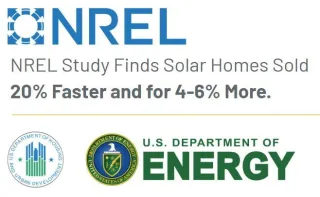
How Does The Solar Investment Tax Credit Work?
Under section 25D of the tax code, individuals that install residential solar systems are eligible for 30% federal tax credit. Similarly, under section 48 commercial and solar farms can also receive the 30% federal tax credit. The federal solar tax credit is determined by the total purchase price of your solar system. Each taxpayer's situation is unique, and we are not tax advisors. We strongly encourage you to discuss the federal solar tax credit with your trusted tax professional to understand exactly how the solar tax credit will benefit you and your household.
https://www.energy.gov/eere/solar/homeowners-guide-federal-tax-credit-solar-photovoltaics
Download your recently revised 2022 Guide to Federal Tax Credit + FAQ
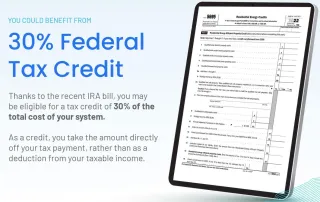
Can I Still Go Solar if I Don't Want to Buy Anything?
Yes! Not everyone wants, or has to buy a solar system to enjoy energy independence. While purchasing solar generally provides the greatest overall benefits through pride of ownership and maintaining more control, we also offer Lease and Power Purchase Agreement (PPA) products with power production guarantees and protection against energy rate hikes from your local utility.
This means that you can still take your power back and achieve massive savings on the cost of your electricity by making the switch to clean solar energy and breaking the utility monopoly over your budget. What's better, You can still oversize your solar system if permitted and plan for earning energy credits from your utility if they participate in NEM.
Either way, we'll be happy to walk you through your options and help you determine what's best for you and your family.
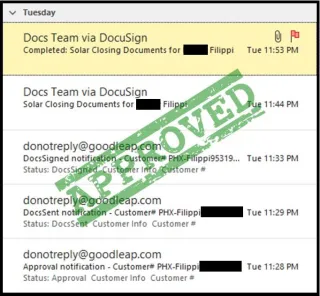
This Sounds Too Good to be True, What's the Catch?
There is no "catch", but there are some qualifying factors, and some key takeaways you should note...
First, note that you're always going to be connected to the grid. Your utility company will charge you monthly grid connection fees called non-bybassable charges (NBCs). These very from one utility and household to another, but are generally very reasonable. For example, the average NBC in California is abut $10 to $15, with many solar homeowners earning kWh credits that often cover these and other costs like the kWh energy your home uses at night. You're already paying it so it's nothing new, and now you know about it so it's no longer a "catch". Think of it as a storage fee for your excess energy.
Not all homes qualify for solar. Ideally you should own your roof and/or the land that you home sits on. Your roof must be in good condition and or you must be open to having us include necessary roofing upgrades. Your home should also be on a permanent foundation, in which all structures have been permitted, and you property should have adequate exposure to sunlight.
You must own the home, or you must reside in a home in which you and the homeowner both agree to transitioning their home to solar power, which would also impact your total electric bill with the utility company.
Lastly, unless you're planning to purchase your solar system in cash, solar Financing and Lease applications are approved for borrowers that meet certain credit requirements. Most solar finance/lease approvals require a minimum FICO of 650 and some look at additional factors such as your debt to income ratio.
But don't worry, we use competing lenders to offer our clients a wide range of approval options. This includes the Property Assessed Clean Energy (PACE) program, in which your homes value is the primary deciding factor, and not your credit score.
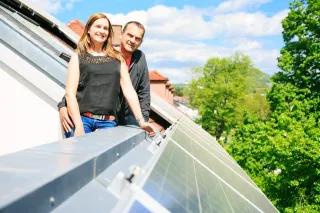
Have More Questions? We're happy to help!


Free up your time.
Free up your budget.
Free up a troubled mind.
Contact Us

(888) 392-1982
(909) 497-3953
info@freeupsolar.com
34428 Yucaipa Blvd. #E334
Yucaipa, CA. 92399, USA

Copyright 2024. All Right Reserved





